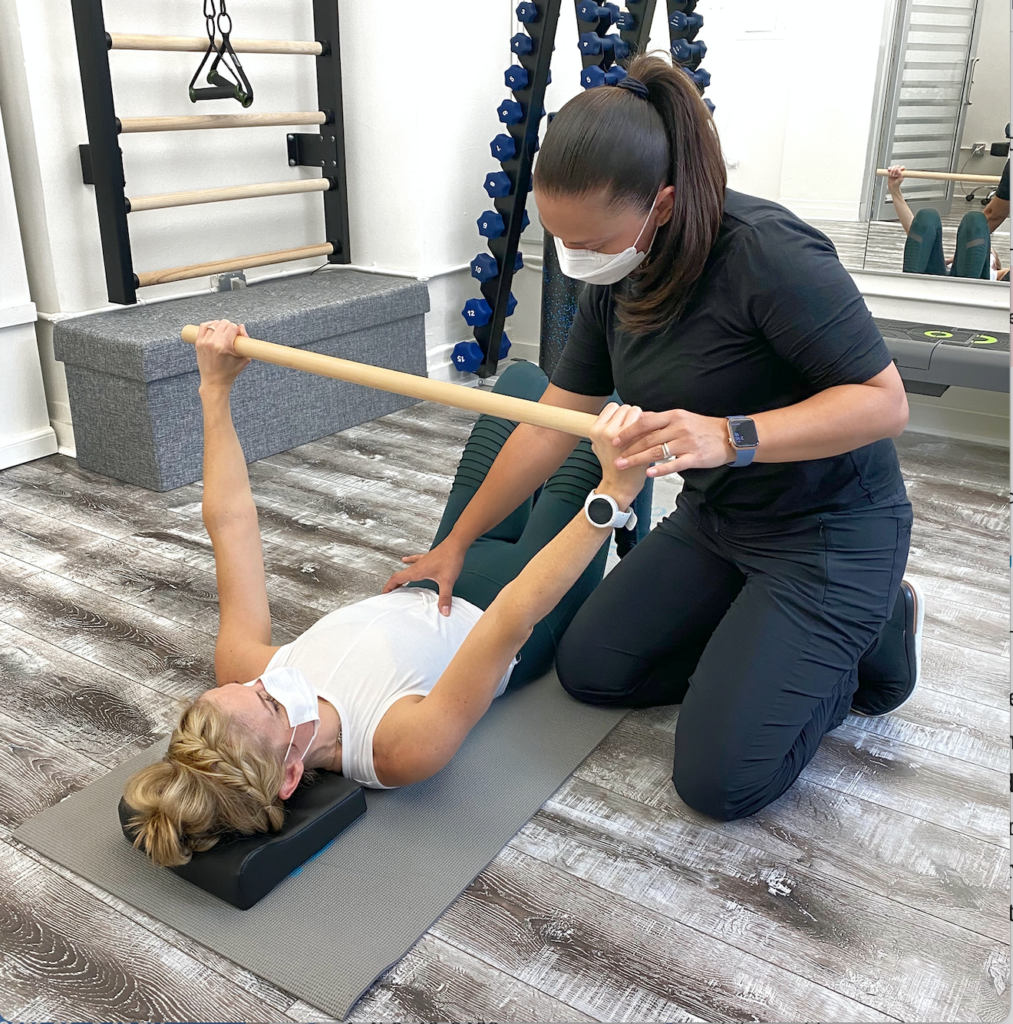CrossFlowRx: Yoga For SI Joint Dysfunction with Dr. Monica Saliu

I first experienced Sacroiliac Joint Dysfunction (more commonly referred to as SI Joint Dysfunction or SI pain) when my 3rd child was a few days old. I picked up one of my then 2-year-old twins when she was crying, and with all that relaxin in my postpartum body, it threw everything out of whack. And, WOW, did it HURT! Thankfully, I was able to connect with Dr. Monica Saliu, Co-Founder and Clinical Director of Tribeca Physical Therapy, PT extraordinaire and Postpartum expert, who taught me how to heal and keep this joint as stable as possible once the inflammation and acute period had passed. With her help, I was able to create yoga flows for myself, and many of my postpartum patients, that helped give this joint stability, space and strength.

While I had learned about it in my Prenatal Yoga Teacher Training, I had no idea just how common SI Joint Dysfunction was / is. According to Dr. Saliu, this condition affects mostly young adults, with more prevalence in women, and increased incidence in postpartum women. SI Joint Dysfunction presents with pain, instability or restriction at the joint that connects the pelvis to the lower back. It can be quite debilitating (as I can attest – I could barely walk when it first happened!) and can result in movement dysfunctions and long-term lower back pain and /or nerve damage, if not treated appropriately.
During the acute phase, Dr. Saliu typically prescribes: rest, anti-inflammatory medication, bracing and therapeutic exercises. Unfortunately, after the pain subsides, the dysfunction can continue if not corrected properly.
If SI Joint Dysfunction is something that you struggle with, areas to focus on strengthening include: lateral hip (Gluteus Medius, Piriformis), posterior hip (Gluteus Maximus), core (Transversus Abdominus, Internal / External Obliques, Multifidi and pelvic floor) and sometimes anterior hip (Iliopsoas muscle if weak).
Areas to focus on lengthening (stretching / opening) include: back muscles and lateral trunk (Erector Spinae and Latissimus Dorsi) hip muscles ( TFL, Gluteus Medius and Minimus ), anterior hip and thigh (Psoas, Iliacus, Rectus Femoris and the Adductor group).
Together, Dr. Saliu and I put together some yoga moves that can help. We published an article in Yoga Journal, and created a CrossFlowRx Video for CrossFlow Yoga.

Disclaimer: This is NOT intended to be a substitute for medical advice. Always consult your primary care physician for specific health questions and for AN INDIVIDUALIZED diagnosis, evaluation and treatment plan.





















